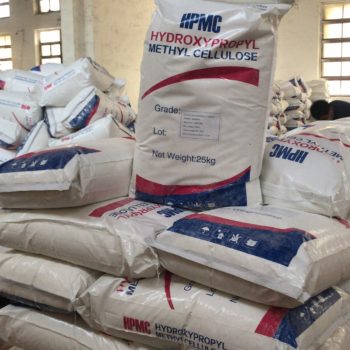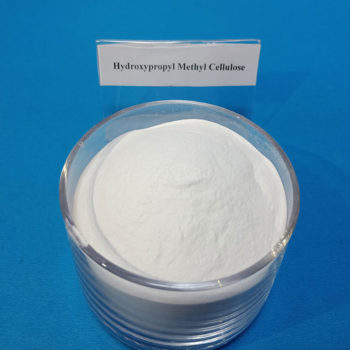Hydroxypropyl Methyl Cellulose HPMC
1.The main use of cellulose ether HPMC?
HPMC is widely used in construction mortar, waterborne coatings, synthetic resins, ceramics, pharmaceuticals, food, textiles, cosmetics, tobacco, and other industries, and is divided into building grade, food grade, and pharmaceutical grade. PVC industrial grade and daily chemical grade.
2.What are the classification of cellulose?
Common celluloses are MC, HPMC, MHEC, CMC, HEC, EC, among which HEC and CMC are mostly used in waterborne coatings. CMC can also be used in ceramics, oil fields, food and other fields; EC is used in medicine, electronic silver paste and other fields. HPMC is divided into various specifications for mortar, medicine, food, PVC industry, daily chemical products and other industries.
3.What are the differences between HPMC and MHEC in the application?
The performance of the two celluloses is basically the same, but the high temperature stability of MHEC is better, especially in the summer construction, the wall temperature is higher, and in the case of high temperature, the water retention performance of MHEC is better than HPMC.
4. How to judge the quality of HPMC simply?
1) Although the whiteness does not determine whether HPMC is easy to use, and if the whitening agent is added during the production process, the quality will be affected, but the good products are mostly white, and the appearance can be roughly judged.
2) Transmittance: After dissolving HPMC in water to form a transparent colloid, look at its transparency. The better the transmittance, the less insoluble matter and the better quality.
If you want to accurately determine the quality of cellulose, the most reliable is to use professional equipment for testing in professional laboratories, the main indicators are viscosity, water retention, ash.
5. How to measure the viscosity of cellulose?
The viscosity meter commonly used in the domestic market of cellulose is NDJ, but in the international market, different manufacturers often use different viscosity detection methods. Commonly used are Brookfeild RV, Hoppler, the detection solution is also different, divided into 1% solution and 2% solution. Different viscosity meters, different detection methods, the measured viscosity results often differ by several times or even tens of times.
6. What is the difference between HPMC instant type and hot melt type?
HPMC’s instant-soluble products refer to products that are rapidly dispersed in cold water, but it must be noted that dispersion is not equal to dissolution. The fast-dissolving product is treated with glyoxal on the surface and dispersed in cold water, but does not immediately dissolve. So, after dispersion, it does not immediately produce viscosity. The larger the surface treatment amount of glyoxal, the faster the dispersion, but the slower the upper viscosity, the smaller the amount of glyoxal, and vice versa. .
7. Compound cellulose and modified cellulose
Nowadays, there are a lot of modified cellulose and compound cellulose on the market. So what is the modification and compounding? This kind of cellulose often has the properties that the original fiber table does not have or enhances its certain properties, such as: Move, increase open time, increase scrap area, improve construction, etc. However, it should be noted that many companies refer to cheap cellulose that is adulterated to reduce costs as compound cellulose or modified cellulose. As a consumer, try to distinguish as much as possible.
If you have any questions can send to my email :michelle@qianhaochem.com.



